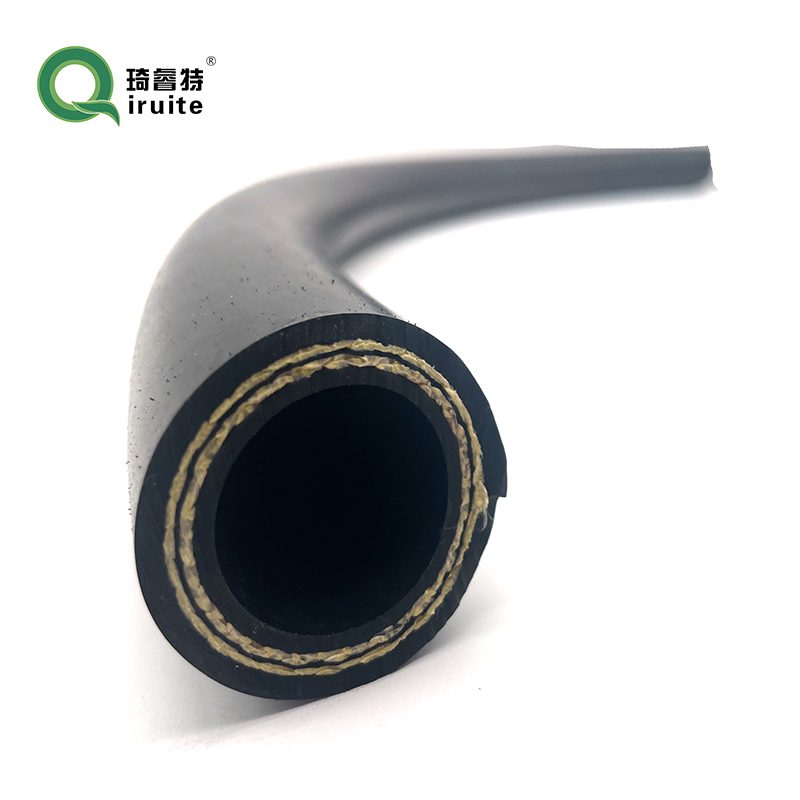threaded coupling
Understanding Threaded Coupling in Mechanical Engineering
Threaded coupling is a mechanical connection method that utilizes threaded fasteners to join two or more components. This type of coupling is essential in various applications, ranging from simple home appliances to complex machinery in industrial settings. In this article, we will delve into the principles of threaded coupling, its types, advantages, applications, and best practices for implementation.
At its core, threaded coupling involves the use of screws, bolts, or nuts that have helical ridges or threads. These threads allow for the effective transfer of load and provide a secure connection between the components. The threaded fasteners can either be male or female, where one component has external threads (male) and the other has internal threads (female). When joined, the threads interlock, creating a tight and durable bond.
One of the primary advantages of threaded coupling is its ease of assembly and disassembly. This feature is particularly valuable in maintenance scenarios where parts need to be regularly inspected, removed, or replaced. Unlike welded joints that require cutting and possible damage to the materials, threaded connections can be conveniently undone without compromising the integrity of the parts involved.
Another benefit of threaded coupling is its versatility
. Threaded fasteners come in various sizes, materials, and thread types, allowing engineers to select the right fastener for specific applications. For instance, stainless steel threaded bolts are commonly used in environments prone to corrosion, while high-strength alloys are preferred in applications that demand robust connections, such as in aerospace and automotive industries.threaded coupling

However, the effectiveness of threaded coupling largely depends on the proper selection and installation of the fasteners. The thread type—whether it’s UNC (Unified National Coarse), UNF (Unified National Fine), or metric—plays a significant role in the connection’s strength and functionality. Proper torque specifications must also be adhered to during installation, as too much torque can lead to thread stripping or breakage, while too little can result in a loose connection.
There are several types of threaded couplings, including lock nuts, jam nuts, and coupling nuts, each serving different purposes in mechanical assemblies. Lock nuts, for instance, provide a reliable resistance to loosening due to vibrations, making them ideal for automotive applications. Coupling nuts allow for the extension of threaded rods, enabling the joining of two components that may be spaced apart.
In terms of applications, threaded coupling is ubiquitous across various industries. In construction, threaded connections are found in structural steel applications where beams and columns are connected. In the automotive sector, they are essential for securing engine components. Furthermore, in consumer products, items like furniture and electronics utilize threaded fastening systems for durability and ease of assembly.
Best practices for achieving a secure threaded coupling include ensuring that the threads are clean and free from debris before assembly. Utilizing lubricants can help reduce friction during installation and ensure a more even distribution of force. Additionally, periodic inspection and maintenance of threaded connections can prevent issues related to wear and fatigue over time.
In conclusion, threaded coupling is a fundamental aspect of mechanical engineering that provides a reliable and versatile method for joining components. Its ease of use, coupled with the myriad of available fasteners, makes it an essential technique in various applications. Understanding the principles of threaded coupling, along with best practices for installation and maintenance, is critical for engineers and technicians in ensuring the safety and functionality of mechanical systems. As technology continues to advance, the importance of threaded coupling in securing and maintaining equipment will undoubtedly persist.
-
Ultimate Spiral Protection for Hoses & CablesNewsJun.26,2025
-
The Ultimate Quick-Connect Solutions for Every NeedNewsJun.26,2025
-
SAE J1401 Brake Hose: Reliable Choice for Safe BrakingNewsJun.26,2025
-
Reliable J2064 A/C Hoses for Real-World Cooling NeedsNewsJun.26,2025
-
Heavy-Duty Sewer Jetting Hoses Built to LastNewsJun.26,2025
-
Fix Power Steering Tube Leaks Fast – Durable & Affordable SolutionNewsJun.26,2025

